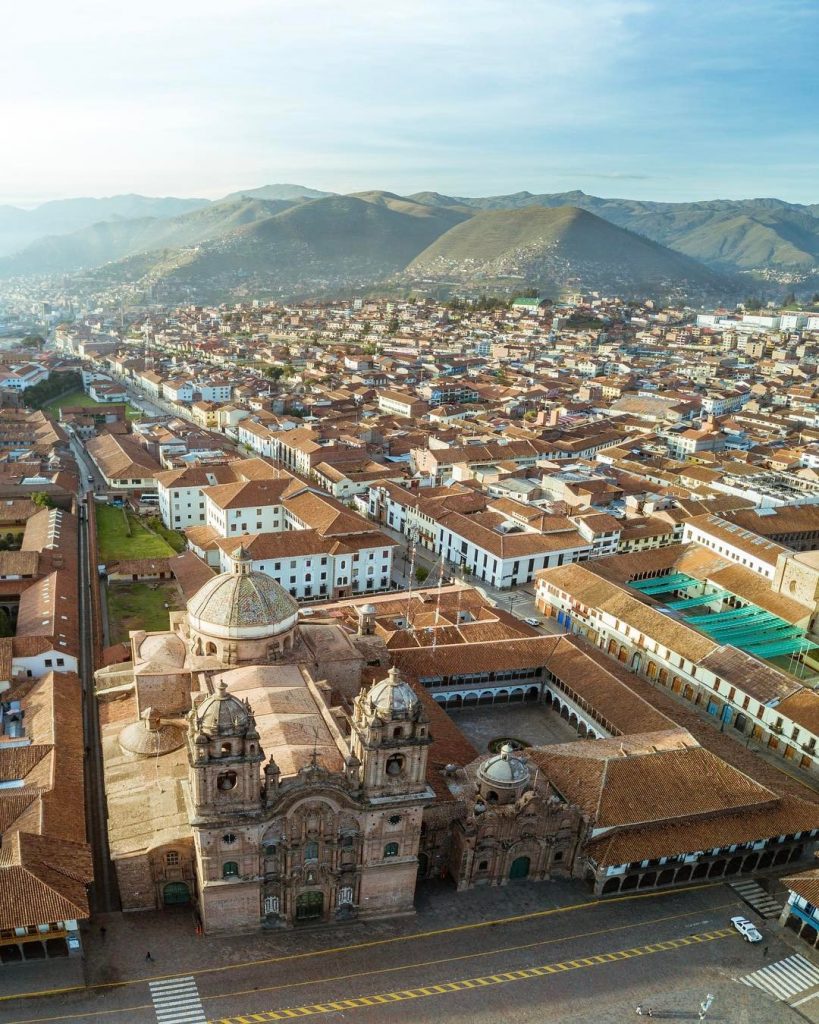Machu Picchu, the intriguing Inca historical site located high in the Andes Mountains, is a homage to the ancient civilization’s architectural and technical skills. Nestled in Peru’s beautiful greenery, it is both a historical and natural beauty spot.
In this comprehensive guide, we’ll explore Machu Picchu’s history, geographical location, how to get there, the best time to visit, tickets and reservations, tips for exploring the sanctuary of Machu picchu, and the importance of photography in capturing the essence of this wonder. Additionally, we will address frequently asked questions (FAQs) to help you plan your visit effectively.
Introduction to Machu Picchu
Machu Picchu, often referred to as the “Lost City of the Incas,” is a captivating historical site situated in the Andes Mountains of Peru. This ancient citadel is renowned for its stunning location, rich history, and intricate architecture. Nestled amidst the lush forests and dramatic landscapes of the Sacred Valley, Machu Picchu has been a UNESCO World Heritage Site since 1983 and is considered one of the New Seven Wonders of the World.
The historic sanctuary of Machu Picchu is shrouded in mystery and intrigue. Built during the height of the Inca Empire in the 15th century, its exact purpose remains a subject of debate among historians. It is widely believed that Machu Picchu served as a royal estate or retreat for the Inca emperor, Pachacuteq.
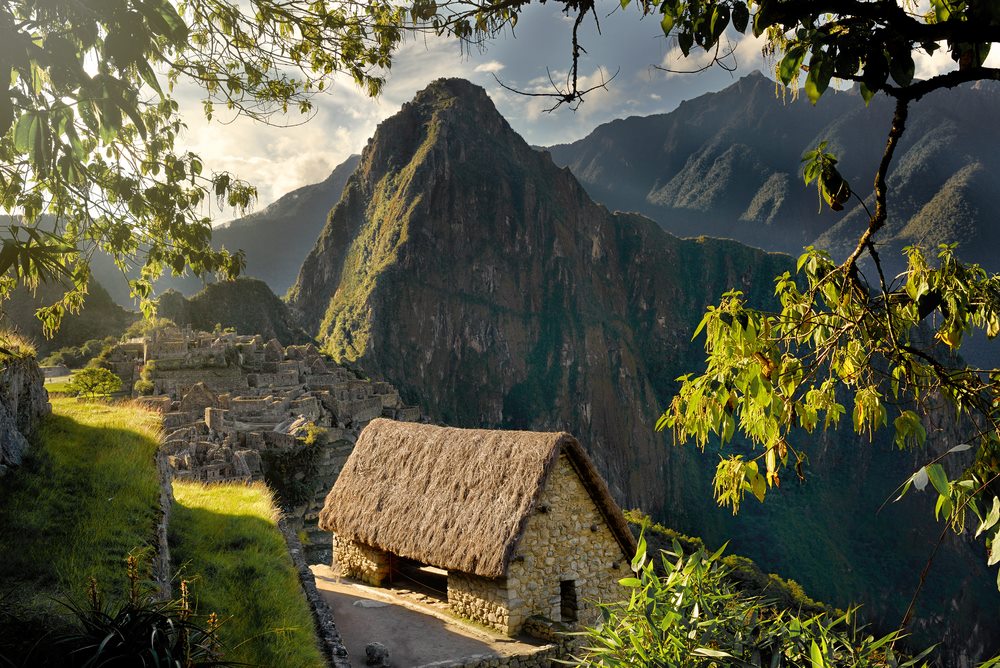
Geographical Location
Machu Picchu is located in the Cusco Region of Peru, in the province of Urubamba. Its geographic coordinates are approximately 13.1631° latitude and 72.5450° W longitude. This remote location, surrounded by towering mountains and bisected by the Urubamba River, contributes to its aura of seclusion and natural beauty.
The Inca Trail, a renowned hiking route, leads trekkers through stunning landscapes to the gates of Machu Picchu. This trail is often combined with a visit to the citadel, allowing you to experience both the breathtaking scenery and the historical wonder.
Getting to Machu Picchu
Visiting Machu Picchu is an adventure in itself due to its remote location. There are several ways to reach this iconic site.

1. By Train
One of the most popular and convenient ways to reach Machu Picchu is by train. The journey typically begins in Cusco or Ollantaytambo, and you’ll disembark at Aguas Calientes, the gateway town to Machu Picchu.
2. Hiking the Inca Trail
For the adventurous traveler, hiking the Inca Trail to Machu Picchu is an unparalleled experience. This multi-day trek allows you to immerse yourself in the stunning scenery and rich history of the region. The trail passes through various historical sites and natural wonders before culminating at Machu Picchu’s Sun Gate.
3. Bus from Aguas Calientes
If you prefer not to hike, you can take a bus from the district of Machu Picchu (Aguas Calientes town). The journey takes around 30 minutes and offers impressive views of the surrounding landscape.
Weather and Best Time to Visit
Machu Picchu’s climate is characterized by two distinct seasons: the dry season and the wet season.
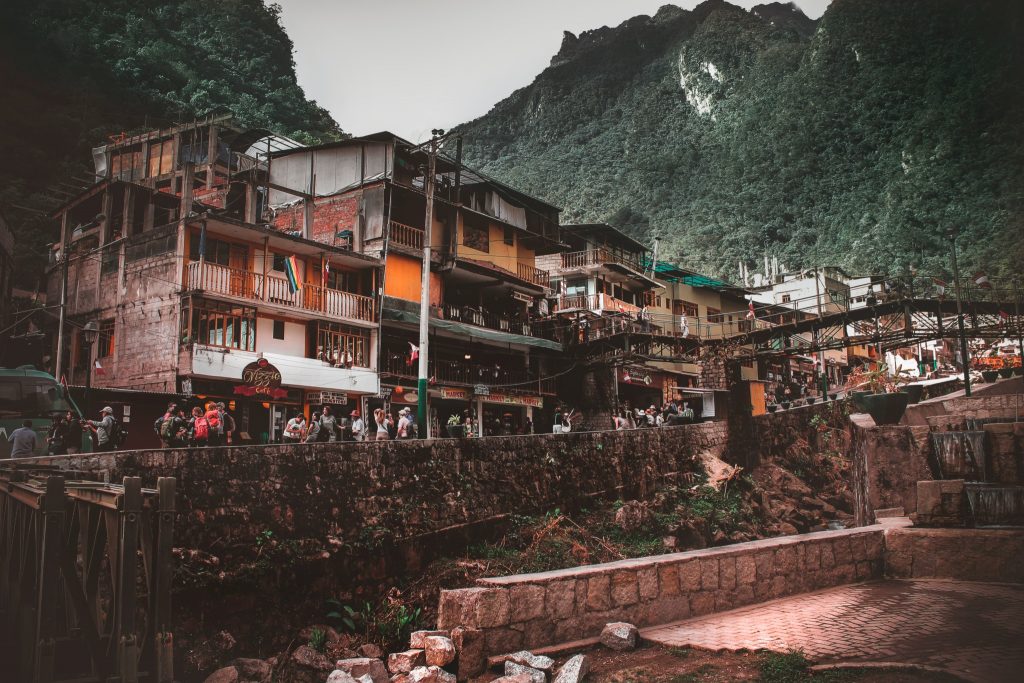
- Dry Season (May to October): This is considered the best time to visit Machu Picchu. The weather is generally clear and dry, with mild temperatures during the day and cooler nights. This period is particularly favorable for embarking on the Inca Trail hike.
- Wet Season (November to April): While the wet season brings lush, green landscapes, it can also mean heavy rain, especially in December and January. Landslides and trail closures may occur during this period, making it less favorable for hiking.
To avoid crowds, plan your visit during the shoulder months of May and September. Be sure to check the weather forecast before your trip and pack accordingly.

Tickets and Reservations
To visit Machu Picchu, you must obtain tickets and make reservations in advance. Due to its popularity, tickets can sell out quickly, especially during the peak season. Here’s what you need to know about securing your entry:
1. Entrance Tickets
There are different types of tickets available for Machu Picchu, including options for adults, students, and children. The prices may vary depending on your citizenship and age.
2. Entrance Time
Your ticket will specify a specific time for entry. It’s essential to arrive at the entrance gate within the allotted time frame to gain access to the citadel.
3. Booking in Advance
It’s highly recommended to book your tickets and any additional services, such as the Huayna Picchu hike, well in advance. You can do this online through the official government website or by visiting a local authorized ticket vendor.
4. Passport Requirement
To enter Machu Picchu, you will need to show your passport, so ensure you have it with you when you visit.
5. Restrictions
There are daily visitor limits to help preserve the site. It’s crucial to be mindful of the regulations and restrictions in place to protect this historical treasure.
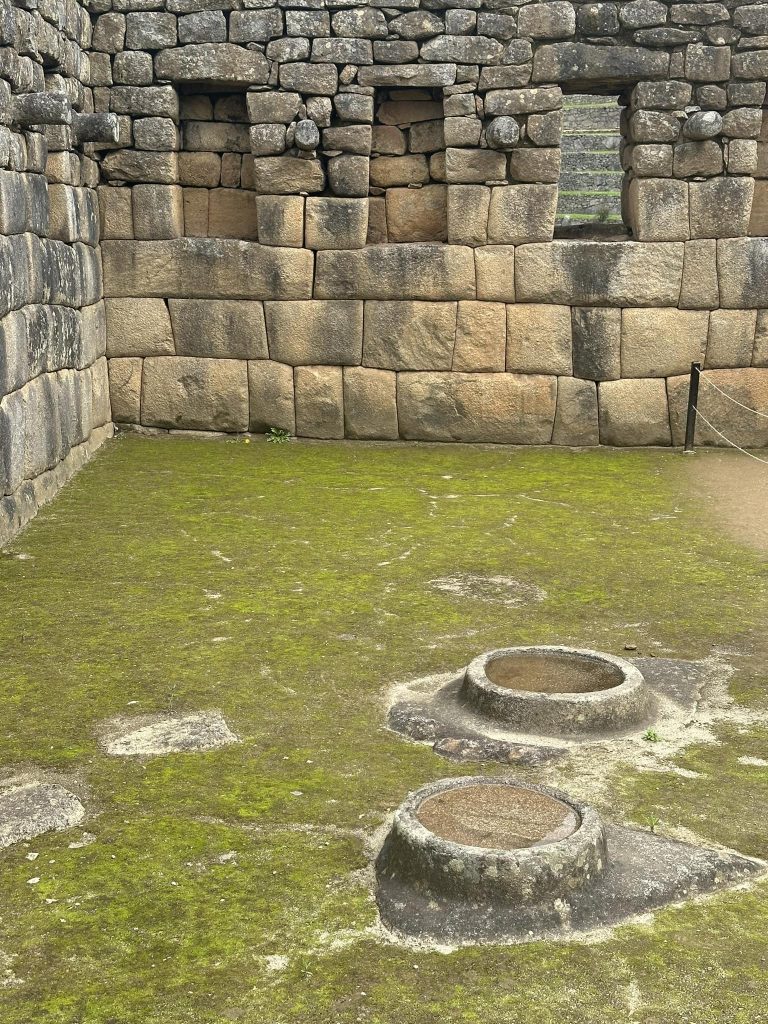
Exploring the Citadel
Machu Picchu’s layout and architecture are a testament to the Inca’s advanced knowledge of astronomy, agriculture, and engineering. Here are the key areas to explore within the citadel:
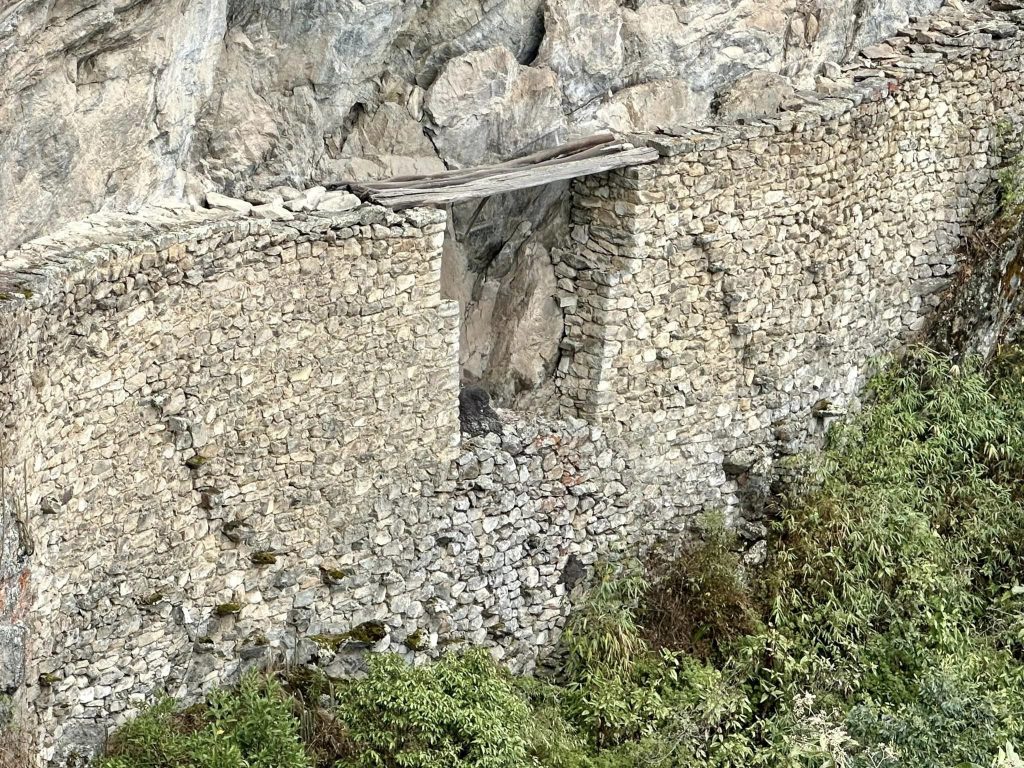
1. Temple of the Sun
This sacred temple, dedicated to the Inca sun god Inti, is a remarkable example of Inca craftsmanship. It is situated to capture the sun’s rays, aligning with the summer and winter solstices.
2. Intihuatana Stone
The Intihuatana stone is an ancient ritual stone used by the Inca for celestial observations and ritual purposes. It’s a significant historical artifact that offers insight into the Inca’s advanced understanding of the cosmos.
3. The Main Plaza
The heart of Machu Picchu, the Main Plaza, is surrounded by important structures, including the Temple of the Three Windows, which offers stunning panoramic views of the surrounding mountains.

4. Agricultural Terraces
Machu Picchu’s terraces, designed for farming and irrigation, are a testament to the Inca’s agricultural creativity. They also help stabilize the mountain and prevent landslides.
5. Residential Areas
Explore the remnants of houses and living quarters, providing a glimpse into the daily life of the Inca people who inhabited Machu Picchu.

6. Huayna Picchu
Huayna Picchu, the iconic peak that towers above Machu Picchu, offers a challenging hike and breathtaking panoramic views. Tickets for this hike are limited and must be reserved in advance.
7. The Inca Bridge
The Inca Bridge is a unique structure that served as a secret entrance and exit for the citadel. It’s an interesting site for history enthusiasts.
Machu Picchu’s historical significance and breathtaking beauty make it a must-visit destination for travelers from around the world.
Taking the Best shots at Machu Picchu
Photographing Machu Picchu is a rewarding experience, and it’s essential to capture the beauty of this iconic site while respecting its historical and natural importance. Here are some photography tips for your visit:
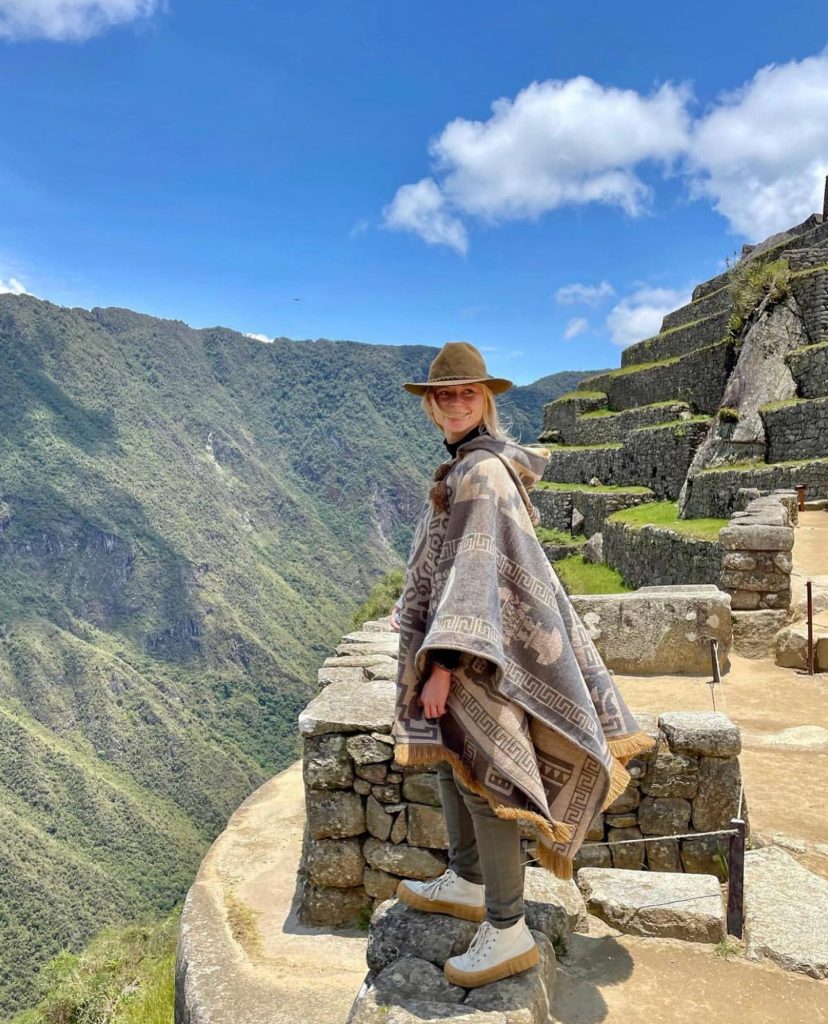
1. Arrive Early
To capture the citadel in the soft morning light and avoid crowds, consider arriving early when the site opens. This is especially important if you want to photograph without a sea of visitors in your frame.
2. Respect the Site
Machu Picchu is a fragile historical site, so it’s vital to follow the guidelines provided by authorities. Do not touch or climb on the ruins, and be mindful of where you step to preserve the integrity of the citadel.
3. Bring the Right Gear
A good camera, wide-angle lens, and a sturdy tripod are essential for capturing the grandeur of Machu Picchu.
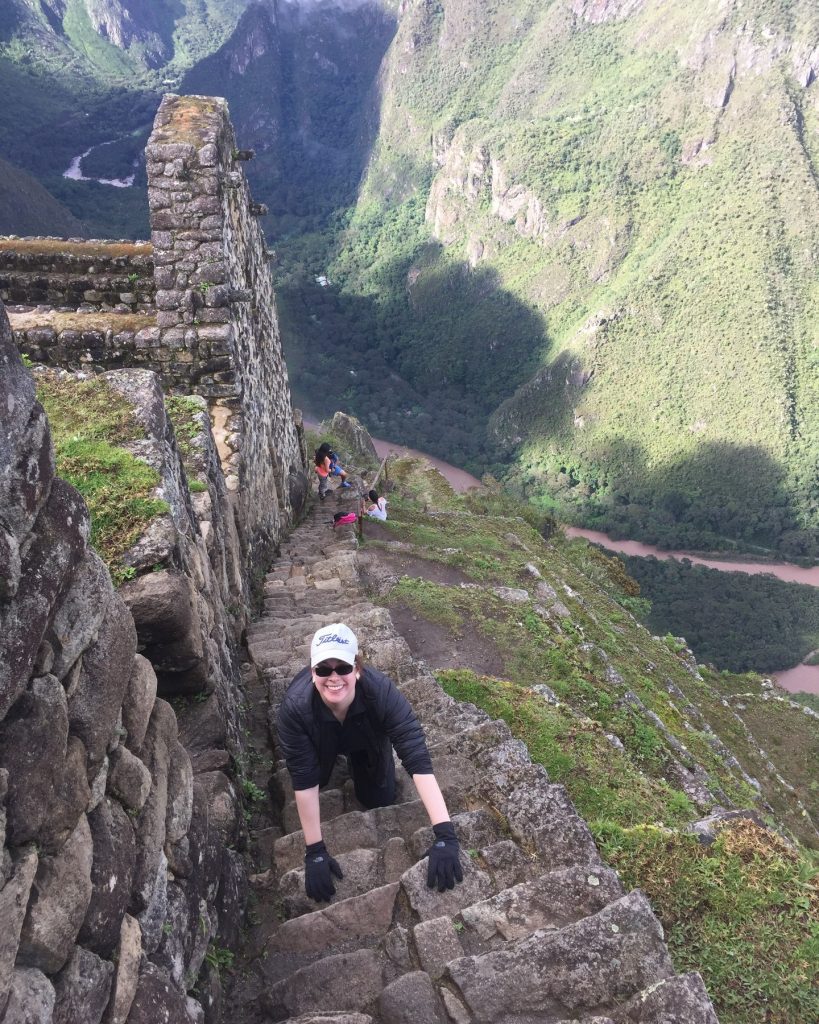
4. Play with Light and Shadows
Machu Picchu’s unique location and the interplay of light and shadow throughout the day provide endless opportunities for striking photographs. Experiment with different angles to capture the beauty of the site.
5. Include People
Including people in your photos can add a sense of scale and emotion to your shots. Wait for the right moment when there are fewer visitors to create a more intimate atmosphere in your images.
6. Focus on Details
While the panoramic shots are awe-inspiring, don’t forget to capture the intricate details of Machu Picchu’s architecture and stonework. These close-ups can be just as fascinating.
7. Sunset and Sunrise
The golden hours of sunrise and sunset create a magical atmosphere at Machu Picchu. Plan your shots to take advantage of the soft, warm light during these times.
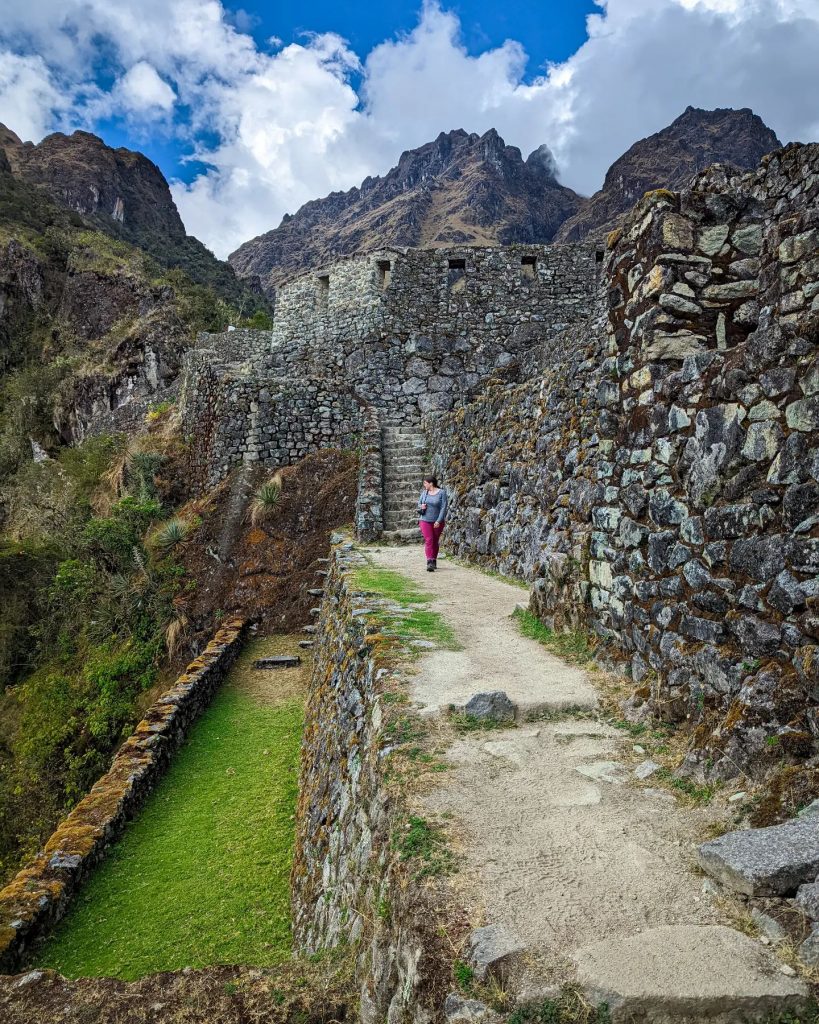
Frequently Asked Questions (FAQ)
What is the significance of Machu Picchu’s location?
Machu Picchu’s location, nestled high in the Andes Mountains, was strategically chosen for its stunning vistas, natural defenses, and proximity to the Urubamba River. It also aligns with important celestial events, showcasing the Inca’s advanced knowledge of astronomy.
What is the most formal procedure for acquiring tickets to visit the esteemed Machu Picchu archaeological site?
Tickets can be obtained online through the official government website or by visiting authorized ticket vendors in Cusco or Aguas Calientes. It’s crucial to book well in advance, especially during the high season.
Is it necessary to hire a guide to explore Machu Picchu?
While it’s not mandatory, hiring a guide is highly recommended to gain a deeper understanding of the site’s history and significance. Guides can provide valuable insights and enrich your experience.
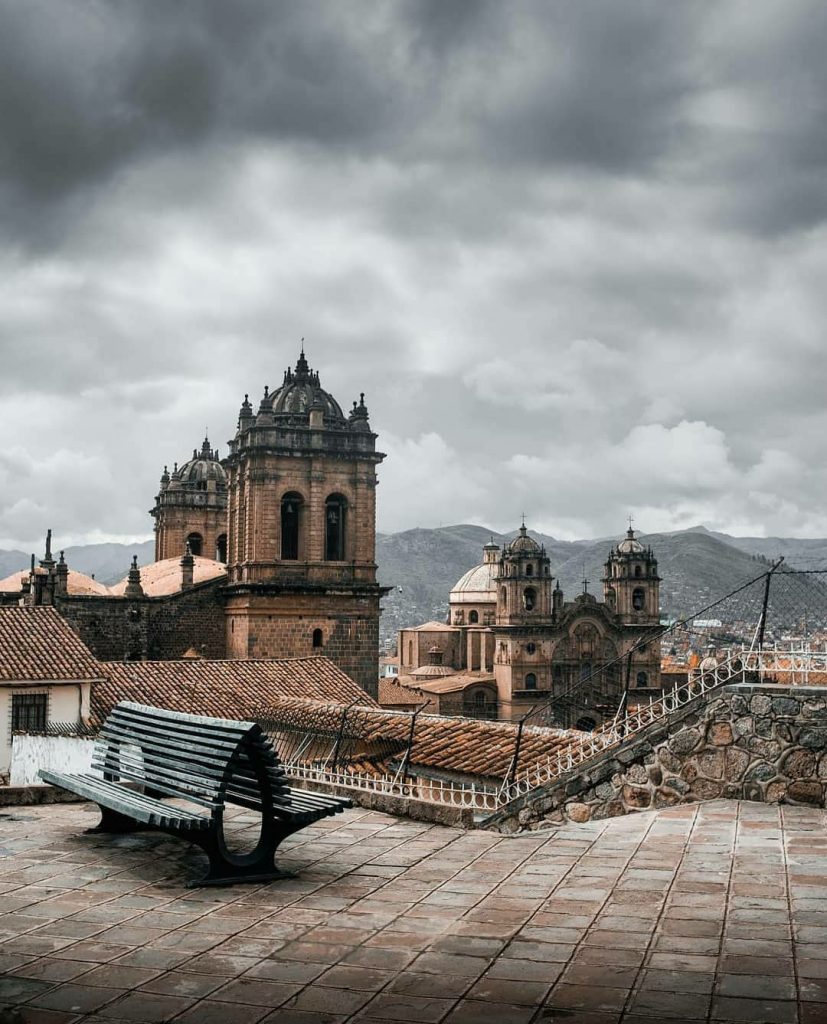
What is the elevation of Machu Picchu?
Machu Picchu is situated at an elevation of approximately 2,430 (7,972 feet) meters above sea level, making it necessary to acclimatize to the altitude if you’re coming from lower-lying areas like Lima or Cusco.
Are there restrictions on the number of visitors to Machu Picchu?
Yes, there are daily visitor limits to protect the site’s integrity. It’s advisable to check the latest regulations and book your visit well in advance to secure your entry.
May I inquire about the possibility of hiking Huayna Picchu?
Yes, you may hike Huayna Picchu, the iconic peak overlooking Machu Picchu. However, tickets for this hike are limited and should be reserved in advance.
When would be the most suitable time to plan a visit to Machu Picchu?
The best time to visit Machu Picchu is during the dry season, from May to October. This period offers pleasant weather and clear skies, making it ideal for exploring the site.
Is it possible to procure tickets for Machu Picchu on the day of my planned visit?
It’s not recommended to rely on purchasing tickets on the day of your visit, especially during the high season. Tickets can sell out quickly, so booking in advance is the safest way to secure entry.
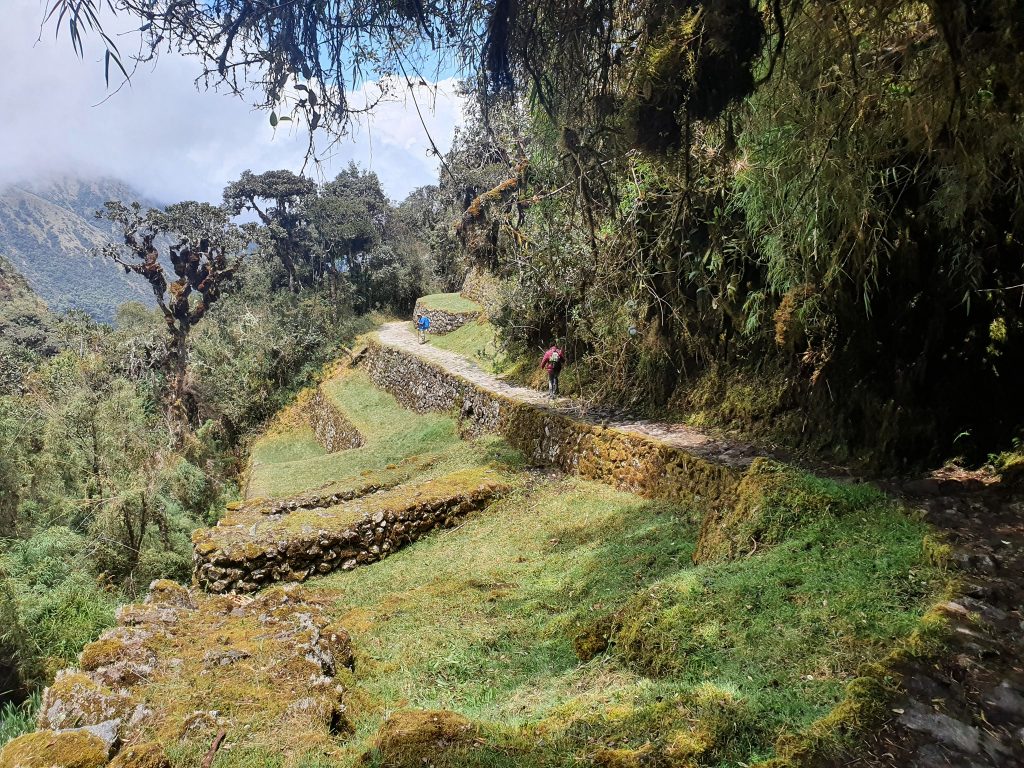
Conclusion
Machu Picchu, with its rich history, breathtaking location, and architectural marvels, is a place that beckons travelers from all corners of the globe. Its significance as a historical site and its unquestionable natural beauty make it a destination that should be on every adventurer’s bucket list. Whether you choose Machu Picchu such as tours to hike the Inca Trail, go to the train station and take the train Machu Picchu promises a memorable journey into the heart of Inca history.
The citadel’s location, perched high in the Andes with panoramic views and intricate structures, showcases the brilliance of the Inca Empire. To ensure a smooth visit, remember to secure your tickets and reservations well in advance, and consider hiring a guide to enrich your understanding of this extraordinary place.
As you explore Machu Picchu, don’t forget your camera to capture the magic of this world heritage site. Remember to respect the rules and regulations in place to preserve this historical treasure for generations to come.
In the end, your journey to Machu Picchu is not just a physical one; it’s a voyage through time, a connection to ancient civilizations, and an immersion in the beauty of Peru’s natural landscapes. So, embark on this adventure and experience the wonder that is Machu Picchu, a place that has captivated the hearts of travelers for centuries.
